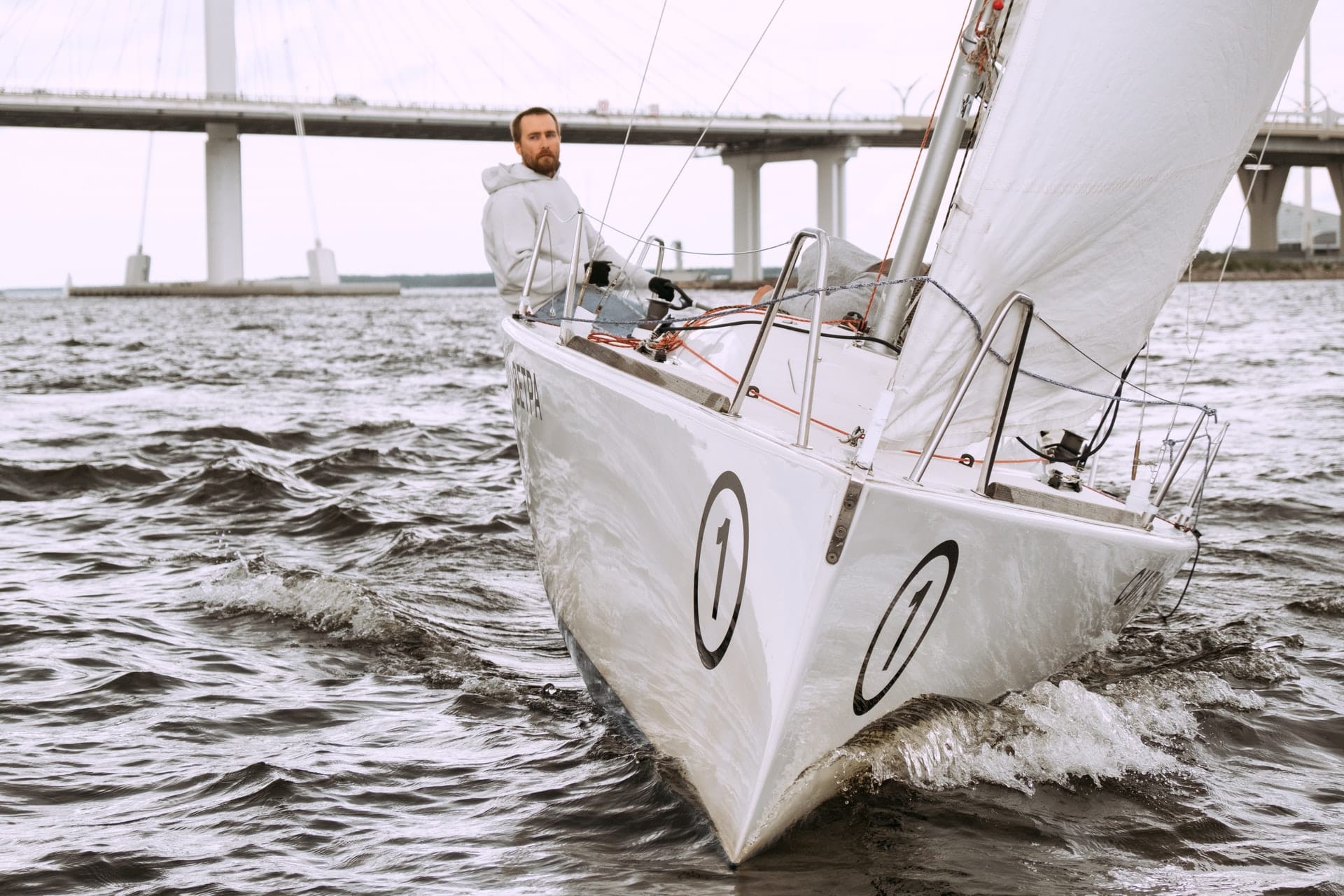Unlike roads, waterways don’t have painted lines or stoplights to help guide the traffic accordingly. Since a watercraft can move in any direction, it’s essential to learn safe practices to stay clear of other boats on the water to avoid unnecessary accidents.
Here are a few boating safety tips you can use to minimize the risk of crashes while you’re out on the water:
1- Take a Boating Safety Course
It’s crucial to learn the different signals, gestures, and maneuvers used for safe boating. That’s why the best place to start your practice is by taking a boating safety lesson. In fact, it’s required for boat drivers in most states to attend a boating course before they could operate certain types of watercraft. However, it’s always a good idea to take a learning session, whether it’s required by law or not, to ensure your safety out on the waters.
2- Practice Safe Passing Techniques
All boat drivers should be aware of the navigation rules so that they know how to maneuver around other watercraft safely. Below are the three common scenarios usually encountered while boating, including tips on how to deal with such situations:
· Being Overtaken or Passed By Another Boat
When detecting that a boat is about to make a pass to overtake you, it should be your responsibility to maintain your speed and course, allowing the other ship to pass safely.
· Approaching a Boat Face-First
When you’re meeting another boat head-on, both boats should keep to each other’s right to make an adequate pass.
· Crossing Paths with a Boat
When crossing paths with another boat, the boat on the right always has the right of way. That’s why if you’re on the left side, you must slow down or change your course to let the other boat safely pass.
3- Know How to Use Your Boat’s Horn
Using horns is another way to notify other boaters of your intentions and vice versa. Here’s what you need to know about it:
· One Mini Blast
One short horn lets the other boat driver know you’re about to pass them from behind, leaving them on your port (left) side. In other words, you give one short horn and overtake from the boater’s right side.
· Two Mini Blasts
This is the opposite of one mini blast. It lets the boater know you’re about to overtake them from the left instead of the right side.
· Three Mini Blasts
Three short blasts let the other boat drivers know that you’re backing up.
· Five or More Min Blasts
This is an uncertainty signal used when the other driver’s approach is unclear to you, and you want them to signal again.
· One Long Blast
The one long horn alerts other boaters that you’re leaving a dock. Some boat drivers also use this signal when they are heading around a curve and can’t see the boats coming in from the other side.
These tips will keep you clear of other boats on the water to a significant extent. If you’re looking to install a floating dock, EZ Dock Texas has got you covered! Check out the best floating docks, or give us a call at (800) 654-8168 to contact our team for further information!







